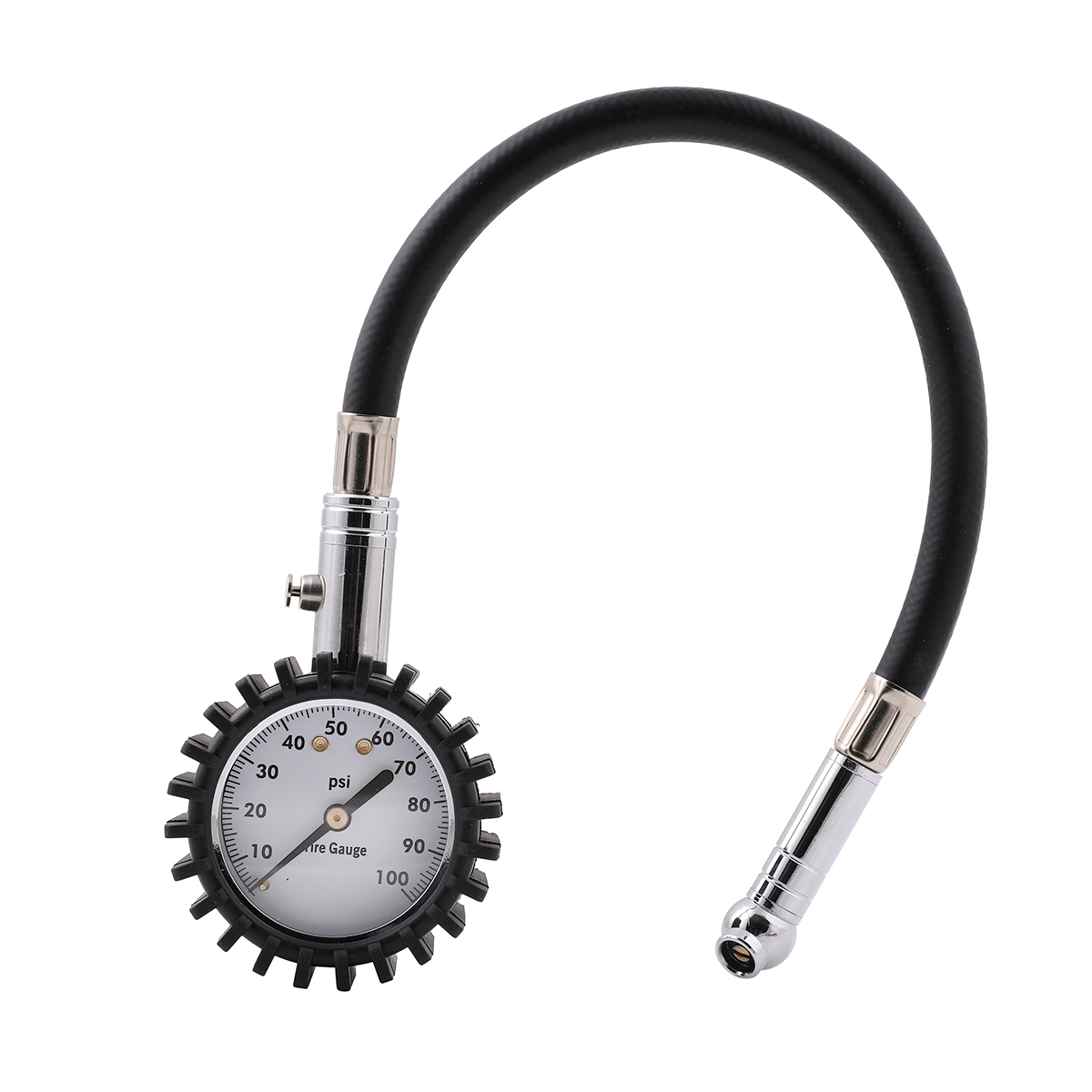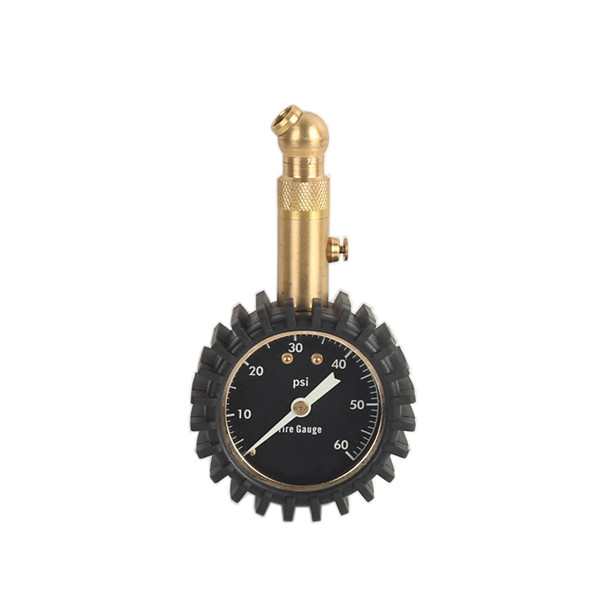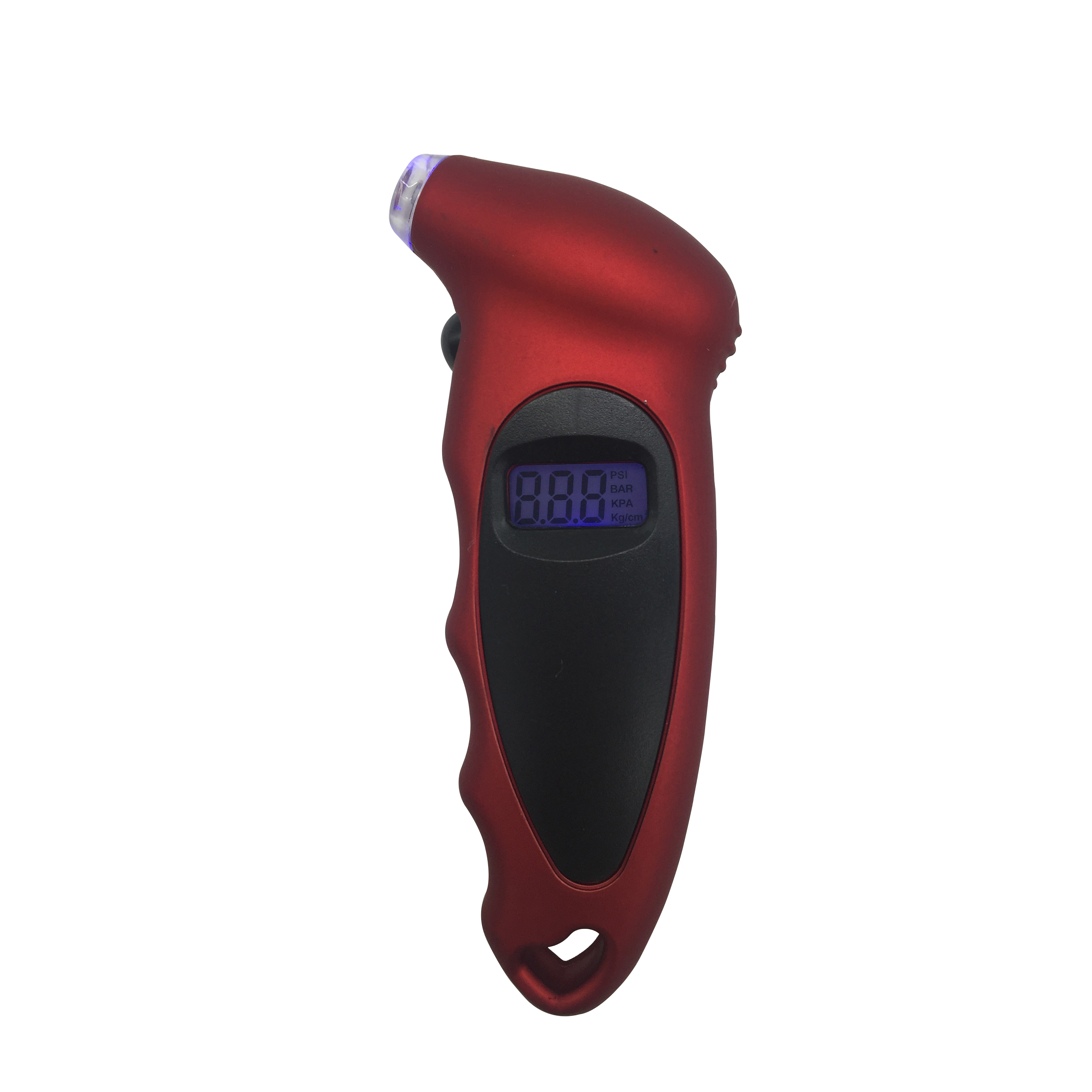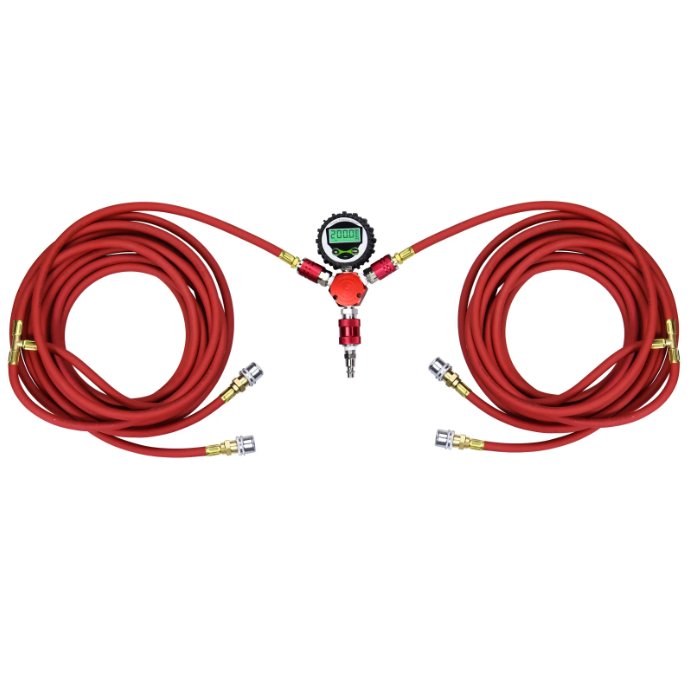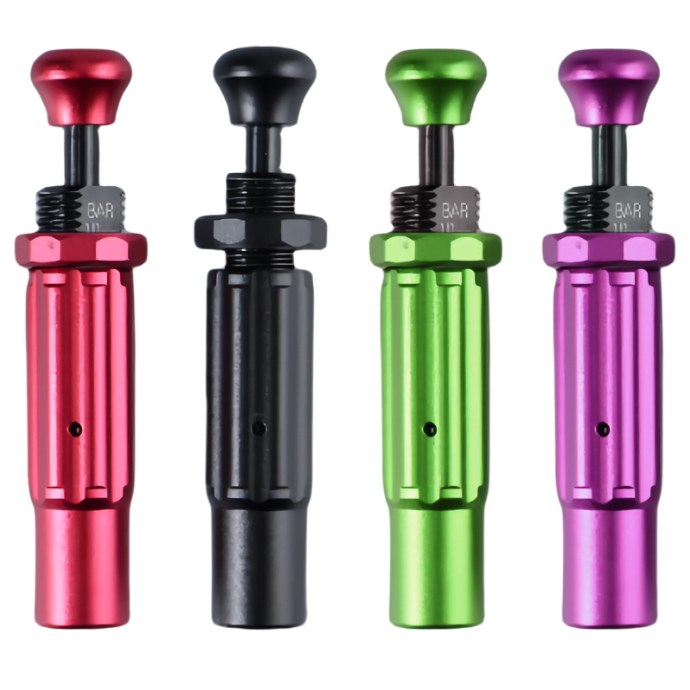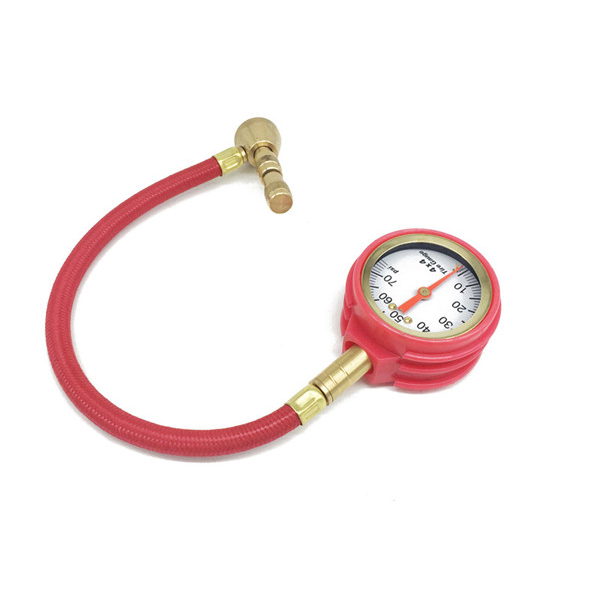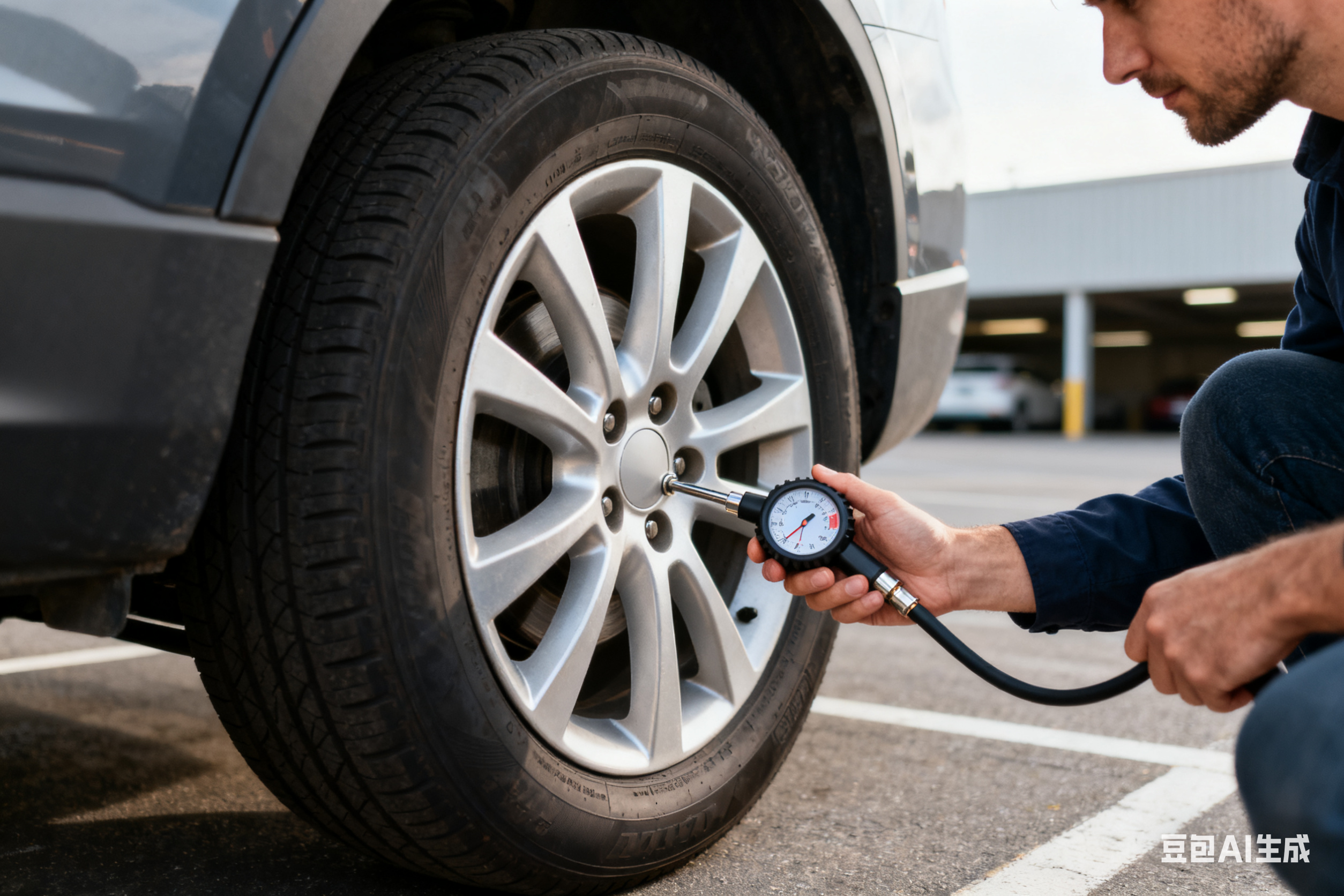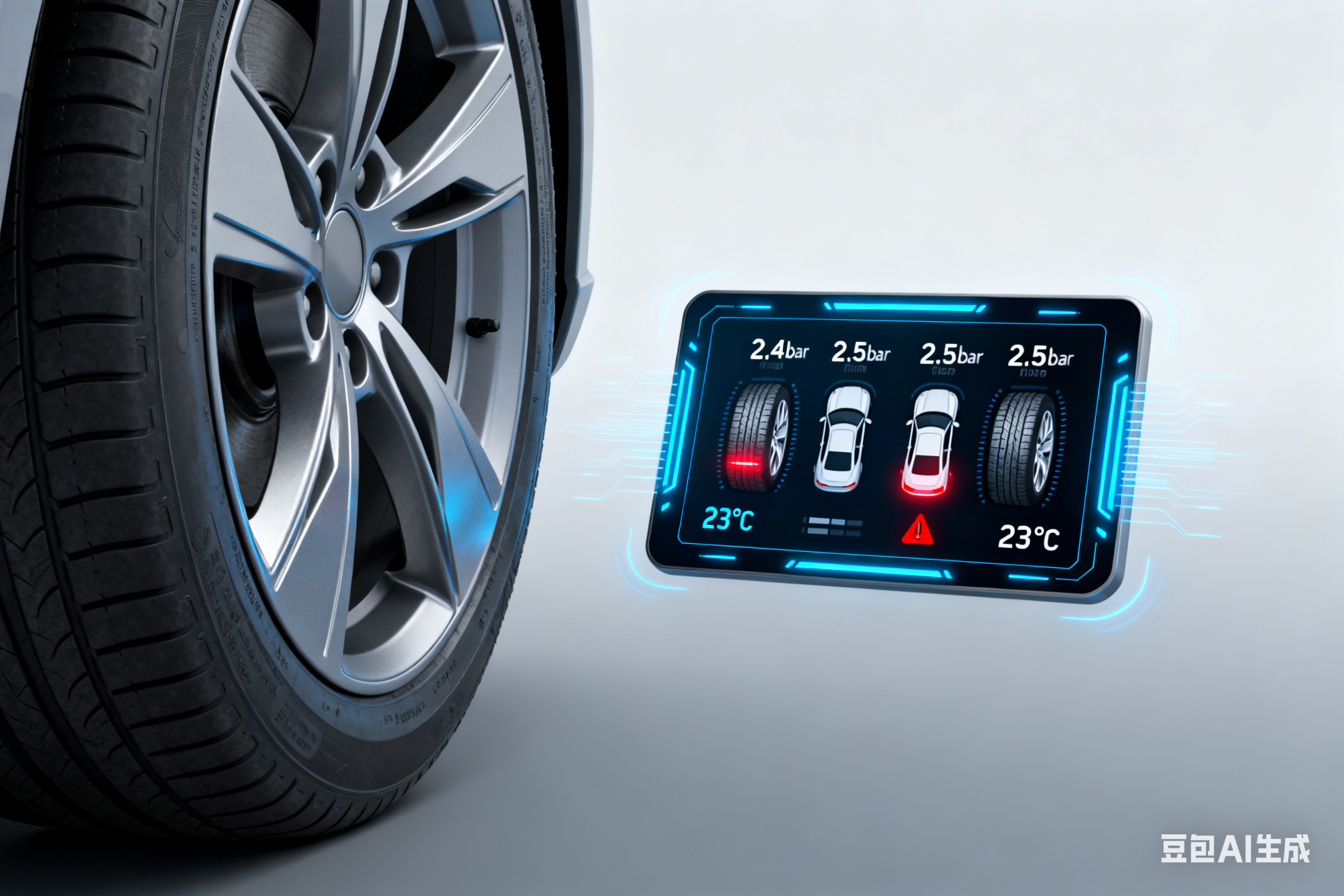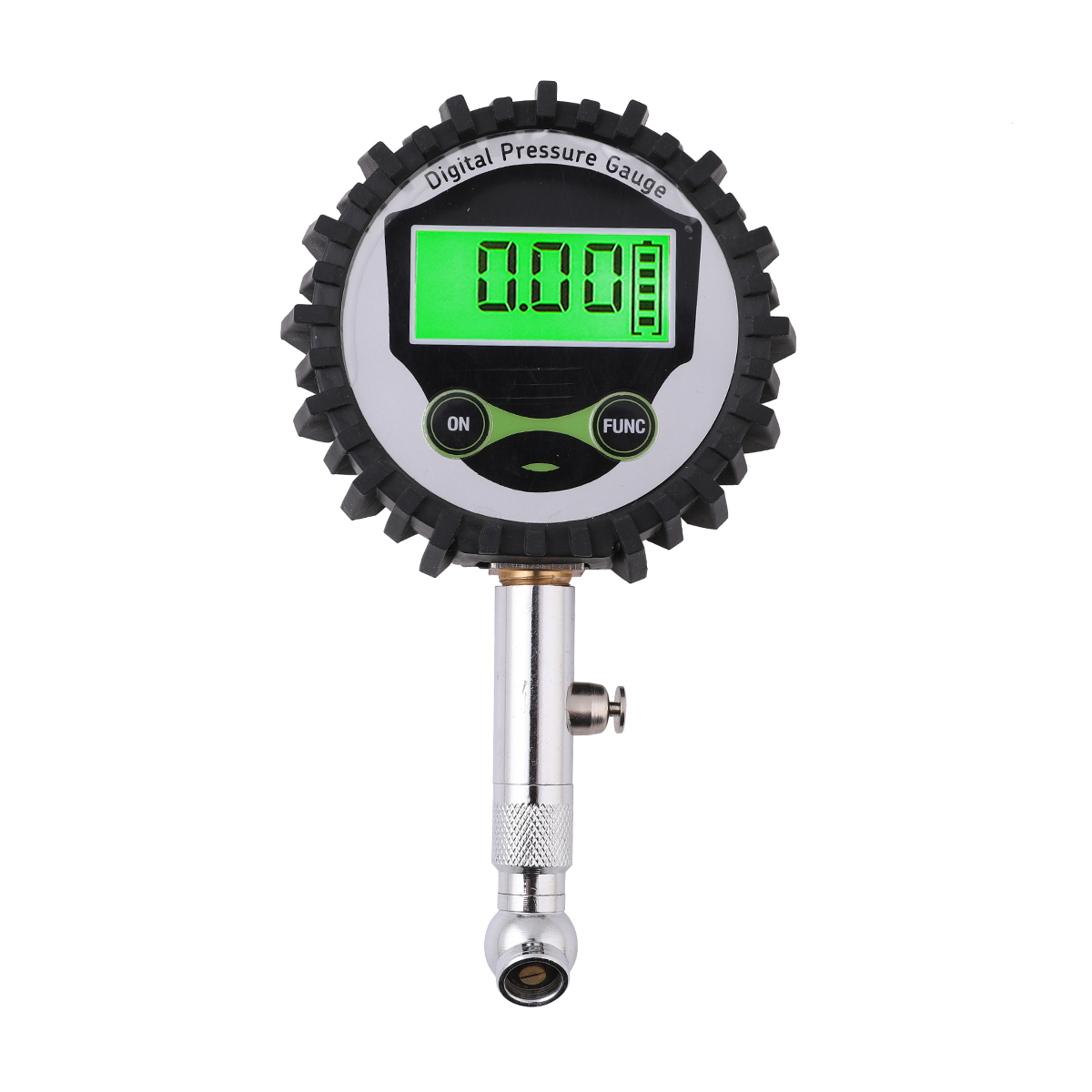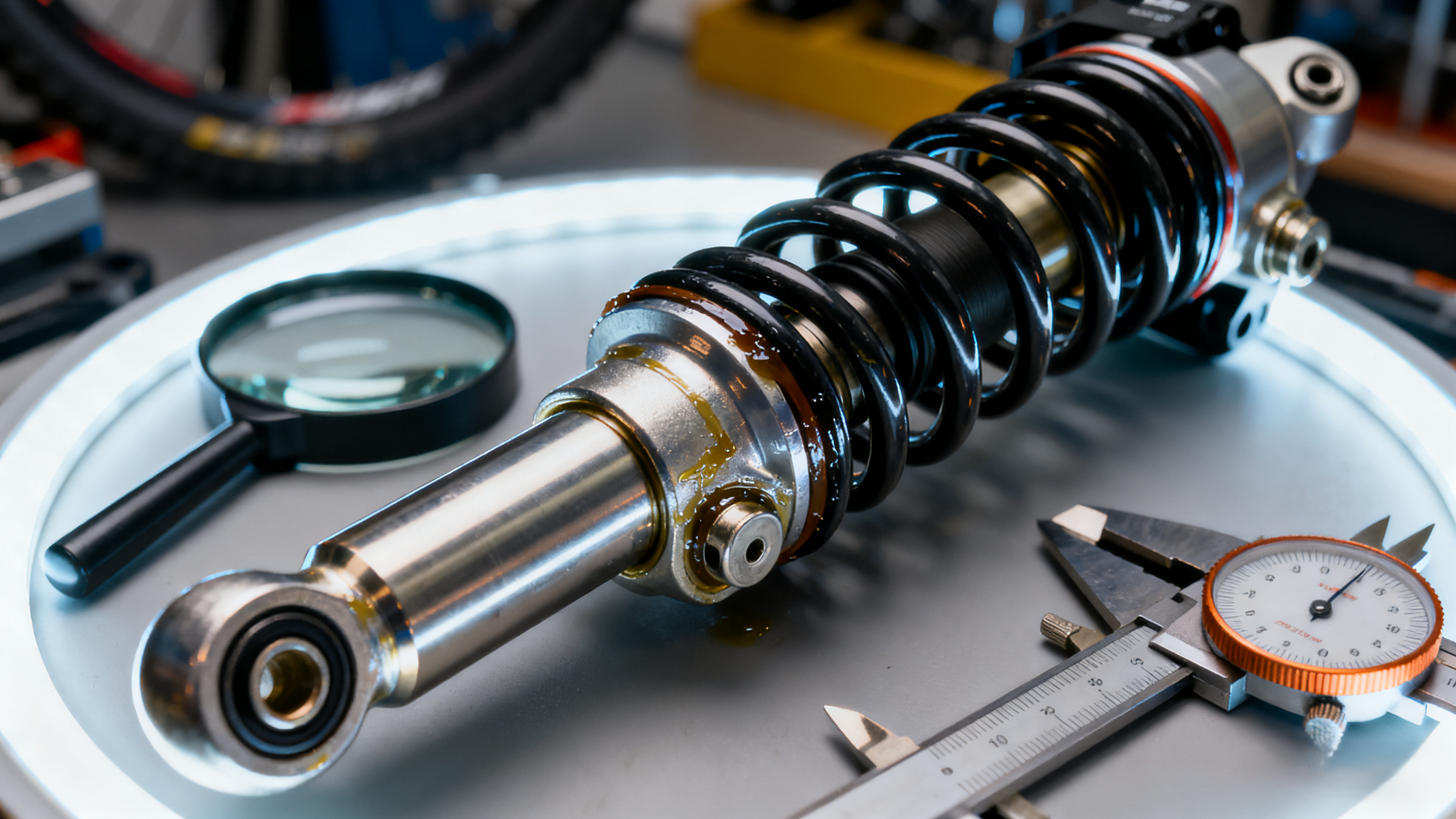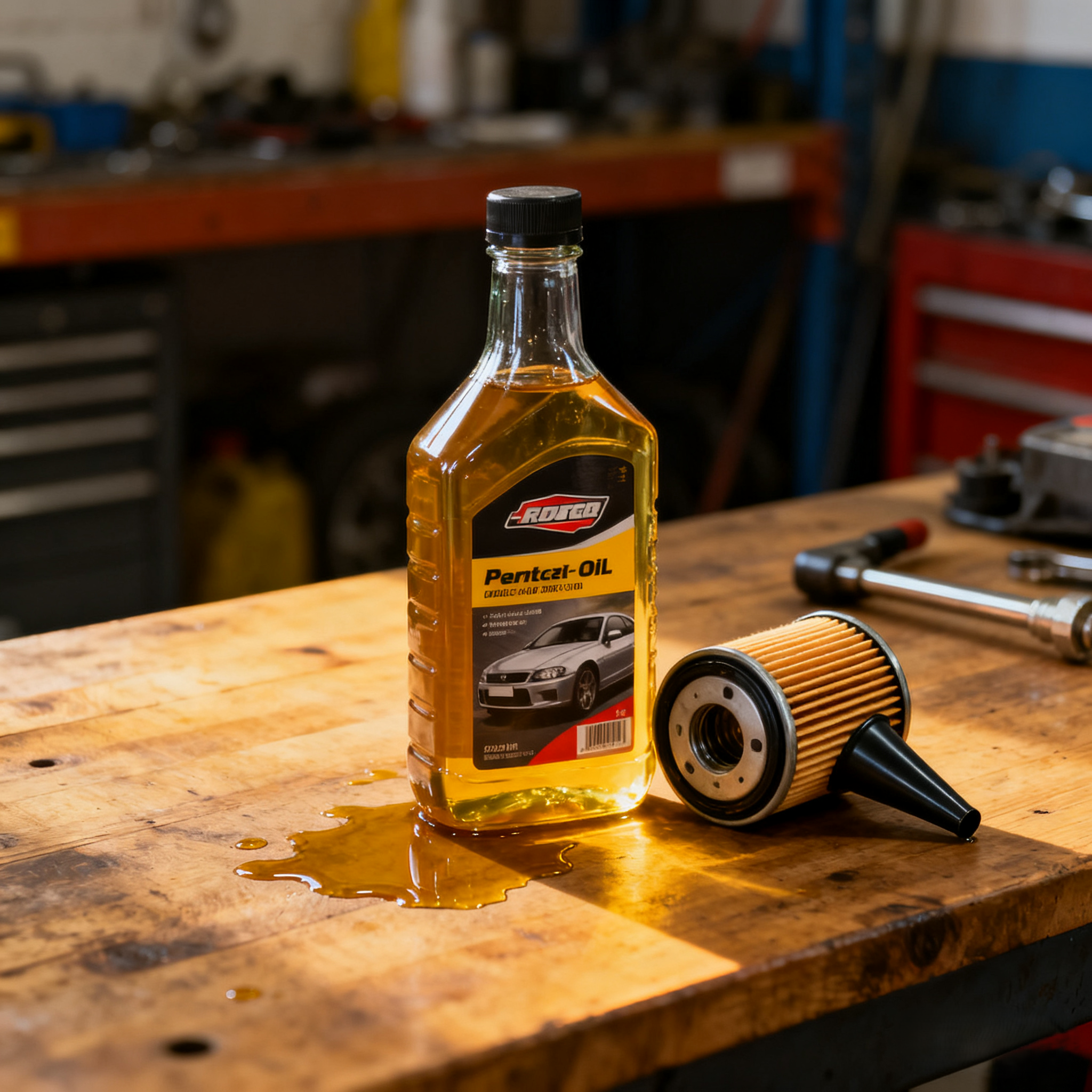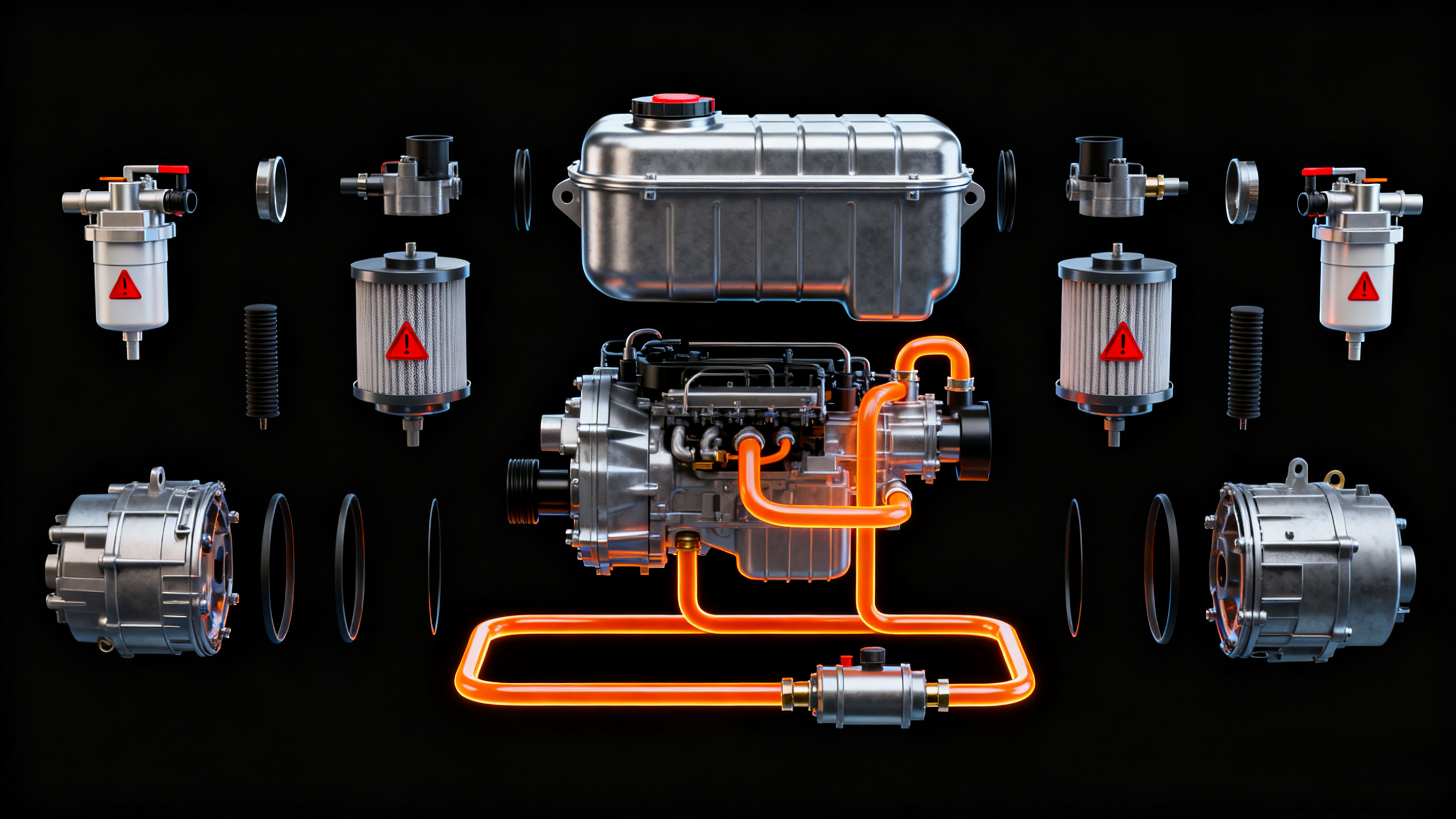Car Oil Change: A Step-by-Step Guide to Keep Your Engine Healthy
Regular oil changes are the most important maintenance task for your car’s engine—oil lubricates moving parts, reduces friction, and removes dirt and heat, preventing premature wear and damage. While you can take your car to a shop, doing it yourself saves money and lets you ensure the job is done right. Here’s how to change your car’s oil safely and correctly.
First, gather your supplies. You’ll need: the correct type and amount of motor oil (check your owner’s manual—look for viscosity ratings like 5W-30 and oil type, e.g., synthetic or conventional), a new oil filter (match the filter to your car’s make and model), an oil drain pan (to catch old oil), a socket wrench or oil filter wrench (to remove the oil drain plug and filter), a funnel (to pour new oil), a rag or paper towels (to clean up spills), and gloves (to protect your hands from hot oil).
Prepare your car. Park the car on a level surface and engage the parking brake. Let the engine run for 5–10 minutes (this warms the oil, making it flow faster and easier to drain). Turn off the engine and wait a few minutes (to let the oil settle into the oil pan but stay warm). If your car has a plastic undercarriage cover, remove it (using a screwdriver or socket wrench) to access the oil drain plug and filter.
Drain the old oil. Locate the oil drain plug (a metal bolt on the bottom of the oil pan—refer to your owner’s manual if you’re unsure). Place the oil drain pan under the plug. Use the socket wrench to loosen the plug (turn counterclockwise)—be careful, as hot oil will start to flow immediately. Once loose, remove the plug by hand and let the old oil drain completely (this takes 5–10 minutes). While the oil drains, clean the drain plug with a rag—check for any damage (like stripped threads) and replace the washer if it’s worn (some plugs have a reusable washer, but it’s safer to replace it).
Replace the oil filter. Locate the oil filter (usually near the oil pan—it’s a cylindrical metal or plastic part). Place the drain pan under the filter (to catch any oil that spills when you remove it). Use the oil filter wrench to loosen the filter (turn counterclockwise)—it may be tight, so apply firm pressure. Once loose, remove the filter by hand—wipe any remaining oil from the filter housing with a rag. Take the new oil filter and rub a small amount of new oil on the rubber gasket (this helps create a tight seal and makes it easier to remove next time). Screw the new filter onto the housing by hand—turn it until the gasket touches the housing, then tighten it an additional 3/4 turn (don’t over-tighten, as this can damage the gasket or housing).
Refill with new oil. Locate the oil filler cap (on top of the engine—marked “Oil”). Remove the cap and insert the funnel. Pour the recommended amount of new oil into the engine (check your owner’s manual for the correct quantity, e.g., 5 quarts). After pouring, wait a few minutes (to let the oil settle into the oil pan). Remove the dipstick (a long metal rod near the oil filler cap), wipe it clean with a rag, reinsert it fully, and pull it out again. Check the oil level— it should be between the “MIN” and “MAX” marks on the dipstick. Add a little more oil if needed (don’t overfill, as this can damage the engine).
Clean up and dispose of old oil. Replace the oil filler cap and dipstick. Reattach the undercarriage cover (if you removed it). Wipe up any oil spills with a rag. Pour the old oil into a sealed container (like the new oil bottle) and take it to a recycling center, auto parts store, or service station—never pour old oil down the drain or on the ground (it’s toxic to the environment).
Start the engine and check for leaks. Start the car and let it run for 1–2 minutes (this circulates the new oil and fills the filter). Turn off the engine and wait a few minutes. Check under the car for leaks—look around the drain plug and oil filter. If you see oil dripping, tighten the plug or filter slightly (but don’t over-tighten). Check the oil level again with the dipstick and add more if needed.
Record the oil change. Note the date, mileage, and type of oil used in your car’s maintenance log—this helps you keep track of when the next oil change is due (most cars need an oil change every 5,000–7,500 miles for conventional oil, or 7,500–10,000 miles for synthetic oil).

